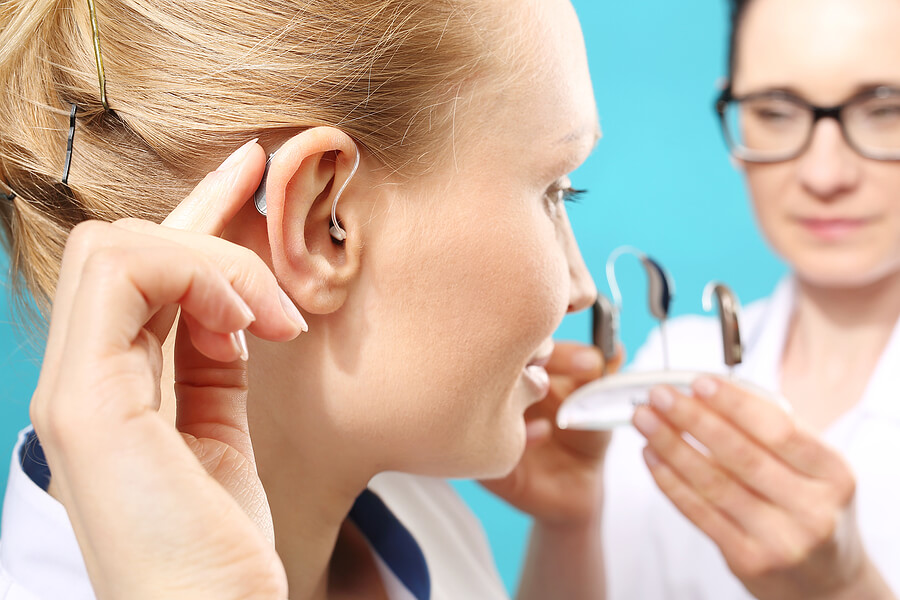What to Know About Hearing Aid Trial Periods

Embarking on the journey to better hearing with the help of hearing aids can be both exciting and overwhelming. Finding the right hearing aid is key to enhancing one’s quality of life. Thankfully, most hearing aids come with trial periods that offer a risk-free opportunity to experience them firsthand. Understanding how these trial periods work can help consumers make informed decisions.
Understanding the Purpose of a Hearing Aid Trial
Hearing aid trials are designed to ensure the device meets the user’s needs. They provide a chance to test comfort, sound quality, and usability. During this time, users can determine if the hearing aid fits their lifestyle and hearing requirements. This process minimizes the risk of purchasing a product that doesn’t satisfy personal or technical expectations.
Trial periods act as a bridge between first impressions and long-term satisfaction. They allow time to adapt to different settings, like crowded rooms and quiet spaces. A successful trial helps build confidence in using the hearing aid daily. It is important to leverage this phase to assess every aspect of the device comprehensively.
What to Expect During the Trial
During the trial period, expect to adjust to new auditory experiences. Initial usage might feel overwhelming as the brain acclimates to new sounds. Over time, consistent use will help to smooth this transition. Having patience and persistence is key in this phase.
Stay in close contact with a hearing health professional during the trial. They provide support and make necessary adjustments to the hearing aid. This expert guidance ensures optimal performance of the device. Remember, their role is to help find the best fit for long-term satisfaction.
Trial Period Length and Conditions
Typically, trial periods can range from 30 to 90 days, varying by provider. It’s important to understand the specific terms of the trial before beginning it. Check if there are conditions regarding returns or exchanges to avoid unexpected outcomes. Knowing these details upfront can save frustration later.
Consider any fees associated with returning the hearing aids. Some providers charge a restocking fee or a small service fee for returned devices. Clarify all associated costs with the provider before committing to the trial. A clear understanding aids in making stress-free decisions.
Making Adjustments During the Trial
Adjustments are a major part of the trial process, as they can significantly impact comfort and performance. Do not hesitate to request modifications from the provider. Changes in settings can address issues like feedback or discomfort. Continuously refining the fit and settings ensures the most effective hearing aid experience.
Feedback about the device during this period is invaluable. Discussing specific concerns with the hearing health professionals helps refine the aid’s performance. Document any challenges or positive experiences for your follow-up appointments. An informed discussion leads to a more personalized solution.
Communicating Openly with Your Specialist
Open communication with a specialist is critical for maximizing the trial period benefits. They are a knowledge source and can offer practical advice and solutions. Sharing honest opinions with them about the comfort and functionality of the hearing aids helps tailor adjustments. Remember, they are there to assist and ensure satisfaction.
Schedule regular check-ins to discuss progress and challenges. These appointments offer an opportunity to make necessary device adjustments. Attending these sessions is necessary for fully utilizing the trial period. Through these interactions, one can achieve a hearing aid solution that truly meets personal needs.
Evaluating the Overall Experience
As the trial period progresses, evaluating the experience becomes necessary for making a final decision. Consider how the hearing aids perform in daily activities and specific environments. Reflect on improvements in hearing clarity and overall life quality. These reflections are instrumental in deciding whether to keep or change the device.
Also, consider compiling notes on how well the hearing aids meet personal expectations. Are there any aspects that remain unsatisfactory? Evaluating the overall experience empowers buyers to make confident, informed decisions. Ultimately, the goal is to find a solution that enhances life through better hearing.
